Turn Instagram Followers into Loyal Customers
Engage followers with personalized interactions, turn their casual interest into concrete sales.
- Get 7 days Free Trial
- No Credit Card Required

People actively use Instagram every month
Users discover products & services on Instagram
of Insta users follow at least one business

Winning Customers from Start to End Support
Our chatbot provides a seamless journey for your customers, from the moment they discover your product to post-purchase support.
- Guided Purchase Decisions
- Detailed Product Information at Fingertips
- After-Sales Support Ensuring Satisfaction
Trusted by Leading Brands

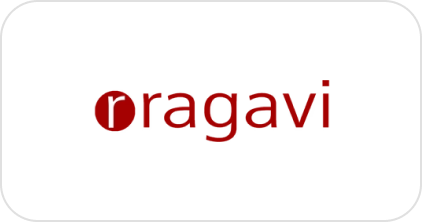




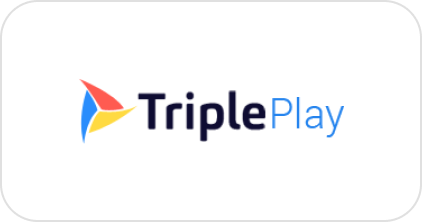



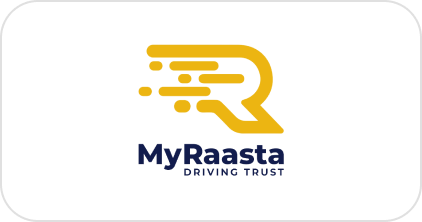


Trusted by Leading Brands




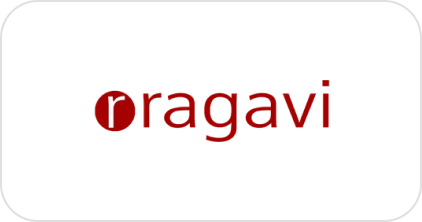
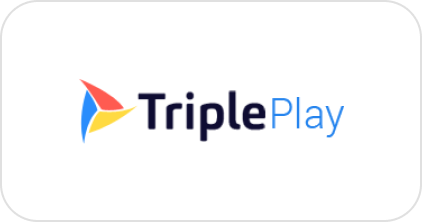

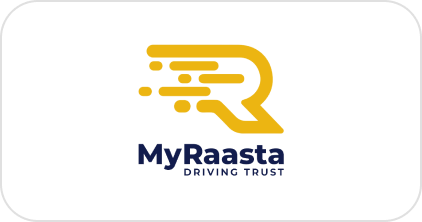




Understand Your Audience and Craft Winning Strategies
Leverage the power of data. Our chatbot provides insightful analytics, helping you understand your audience better and craft data-driven strategies for enhanced engagement.
Our tool provide deep analysis of follower interactions that reveals your Instagram community's motivations and interests.
Leverage real data to identify optimal posting times and most engaging content formats, enhancing your Instagram impact.
Gain detailed insights into audience engagement through metrics on likes, comments, shares, and DMs.

User-Friendly Features for Better Conversations
Effortlessly launch with ready-to-use automation flows, customizing as needed for instant engagement.
Build global connections by conversing in various languages, enhancing customer relationship.
Comprehensive insights on engagement trends, funnel analysis, and user behavior for optimization.
Easy setup that requires little effort, ensuring fast deployment and compliance with security standards.
Advanced, human-like interactions powered by sophisticated AI and Natural Language Processing.
Seamlessly transition of complex queries from AI-driven chat to live agent assistance in real-time.
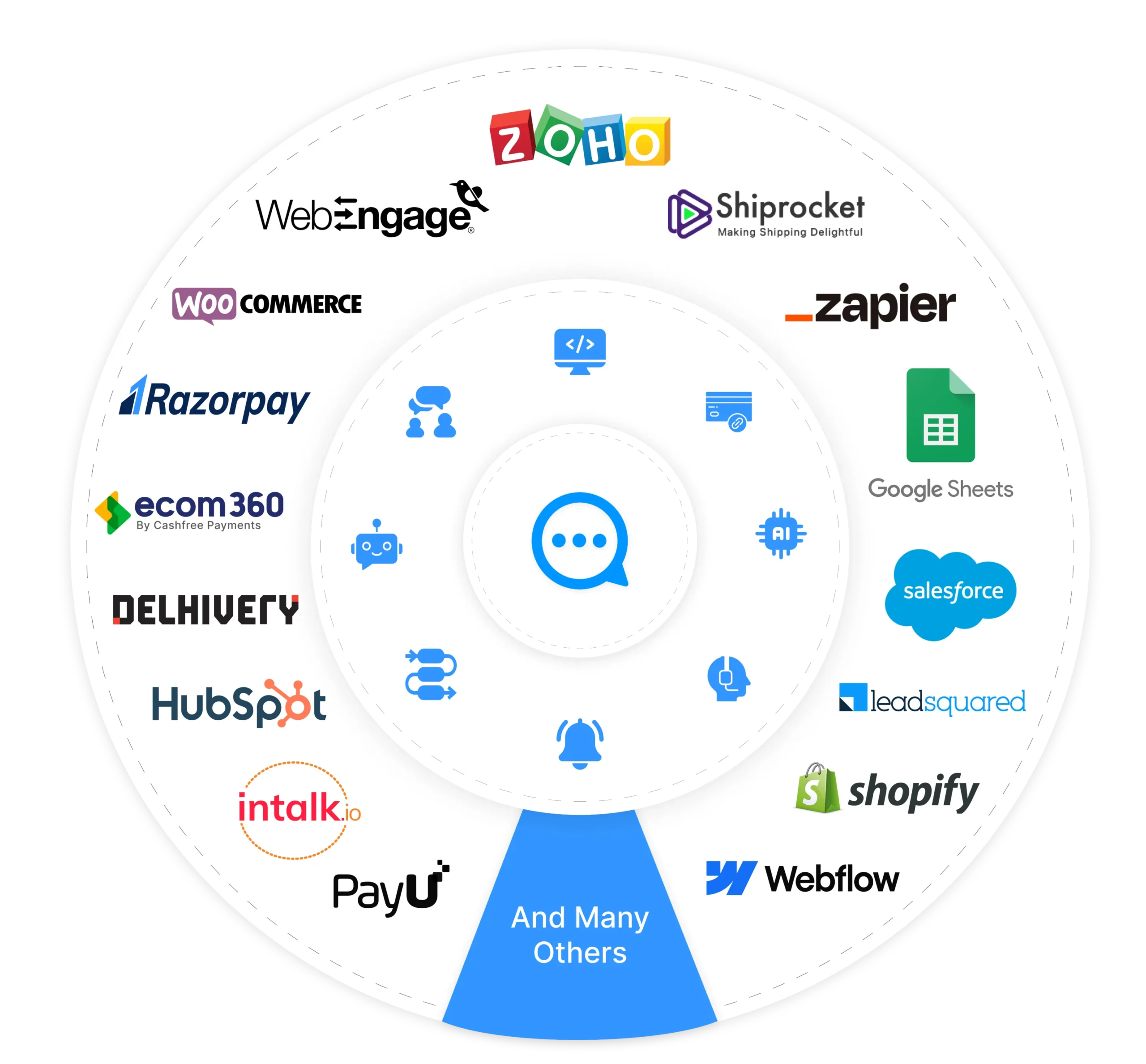
Seamlessly Integrate with your business tool
Integrate your existing e-commerce platforms, CRMs and other business tools with chatbot.team.
Unlock Seamless Communication Across All Channels
Experience the future of Customer Communication with Our Omnichannel Platform
Join thousands of businesses elevating Customer Engagement with Our All-in-One Messaging Solution.
